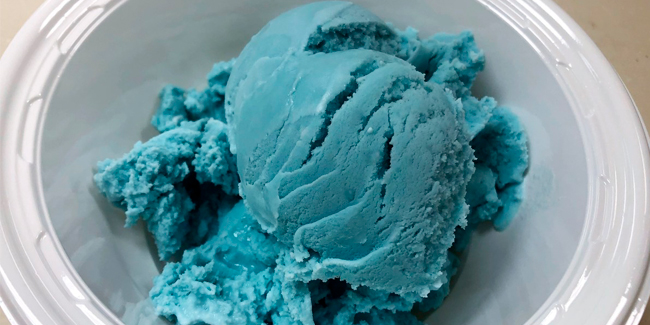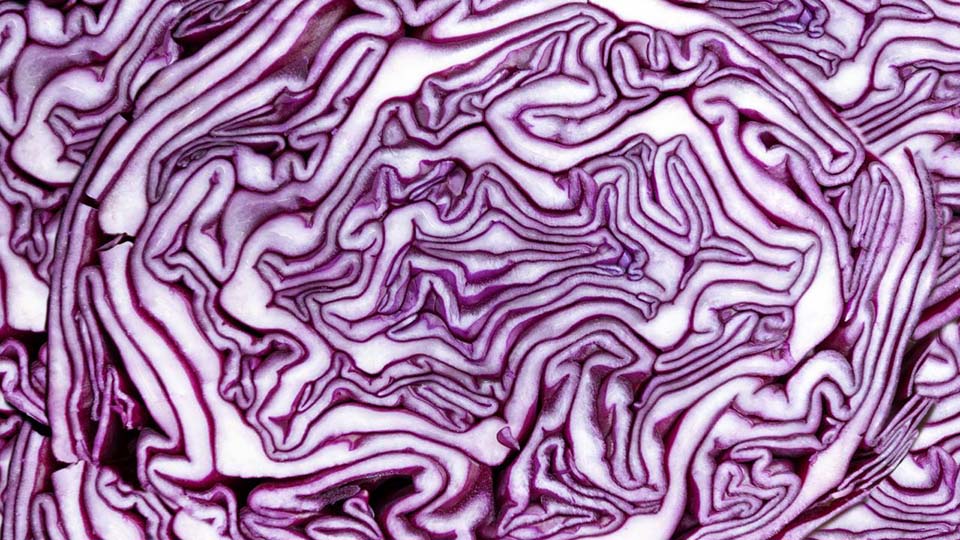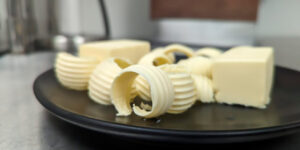The blue pigment in red cabbage, a possible alternative to artificial colors

Author:
Ana RodríguezOnce its safety for food use is ensured, cyan blue colorant naturally derived from red cabbage pigments may be the best alternative to artificial colorants such as FD&C Blue No. 1, which are the industry standard. This is what has just been revealed in a study published in Science Advances and developed by an international team of researchers.
“Blues are very rare in nature. In reality, many are actually red and purple,” explains Pamela Denish, a chemist at the University of California (UC) in Davis and lead author of the study. Hence, this research has been carried out with red cabbage extracts called anthocyanins, which are primarily red and purple in color, but also contain small amounts of blue.
For a decade, scientists from the Mars Advanced Research Institute and Mars Wrigley Science and Technology, in collaboration with universities in various countries, have been working on the isolation of a blue anthocyanin from red cabbage. The novel dye has been achieved thanks to an enzyme that converts a series of anthocyanins into one with a precise blue color, which remains very stable over time and can also produce better green colors than those derived from existing natural blue dyes.
To do this, the scientists screened millions of enzymes for candidates that could do the job and tested a small number in the lab. Based on these results, using computational methods, they looked for a huge number of possible protein sequences – 10 to the power of 20, more than the number of stars in the universe – to design an enzyme that would perform the conversion with great efficiency.
The authors explain that toxicity studies are needed to define the limitations of the use of the new dye and food safety precautions, for which more research will be required.



